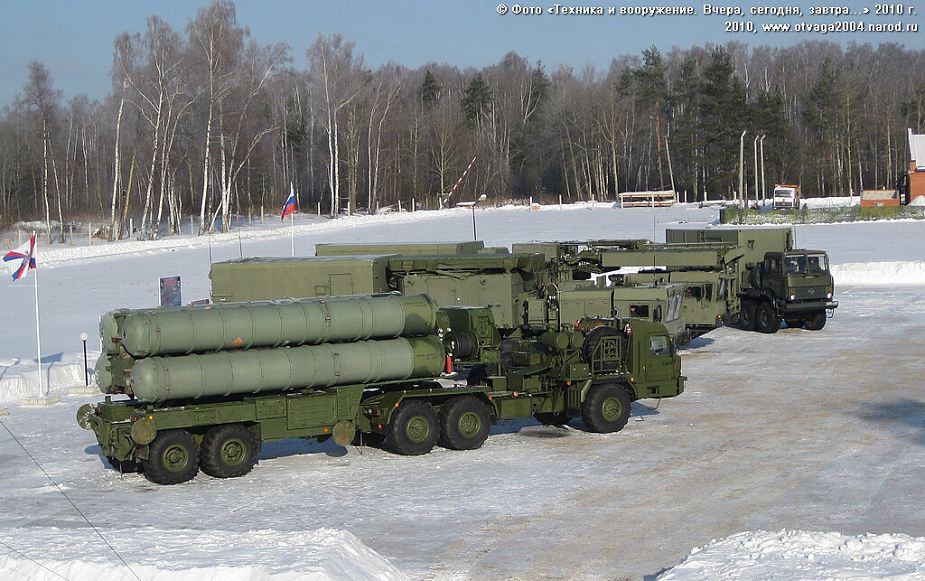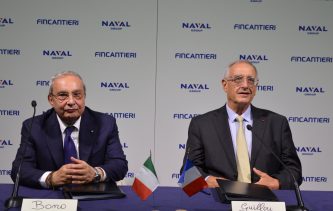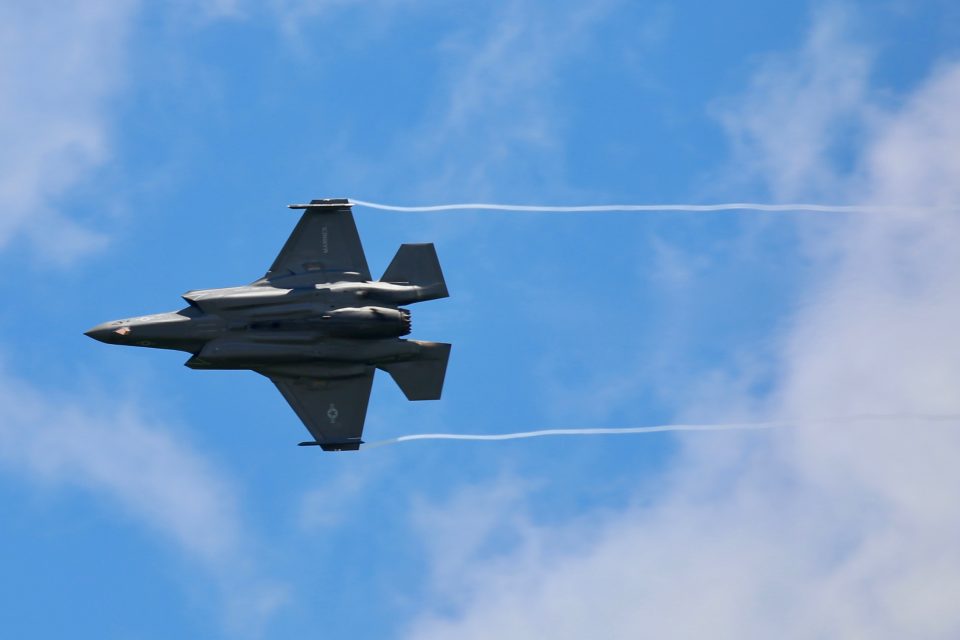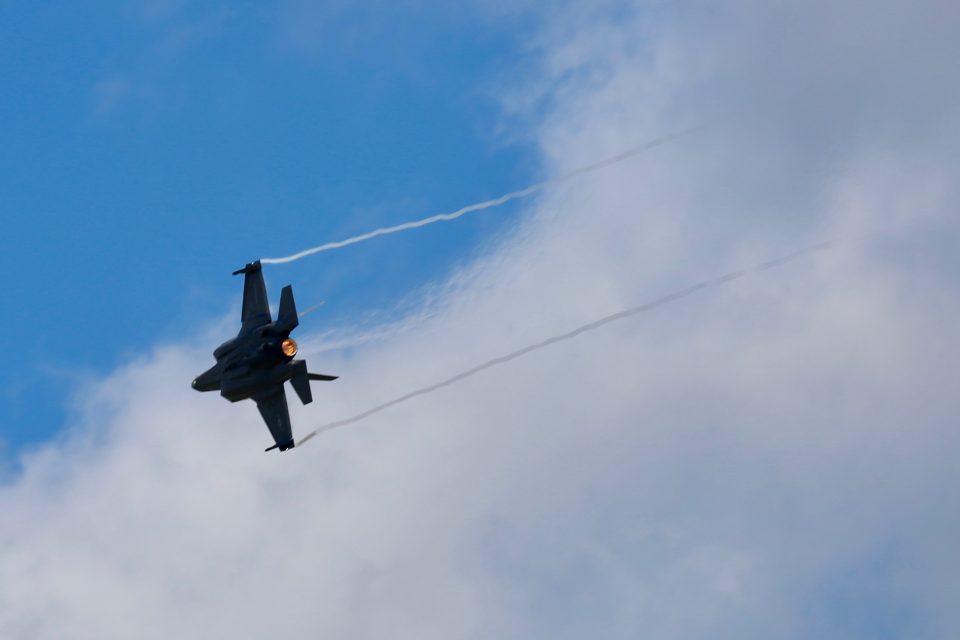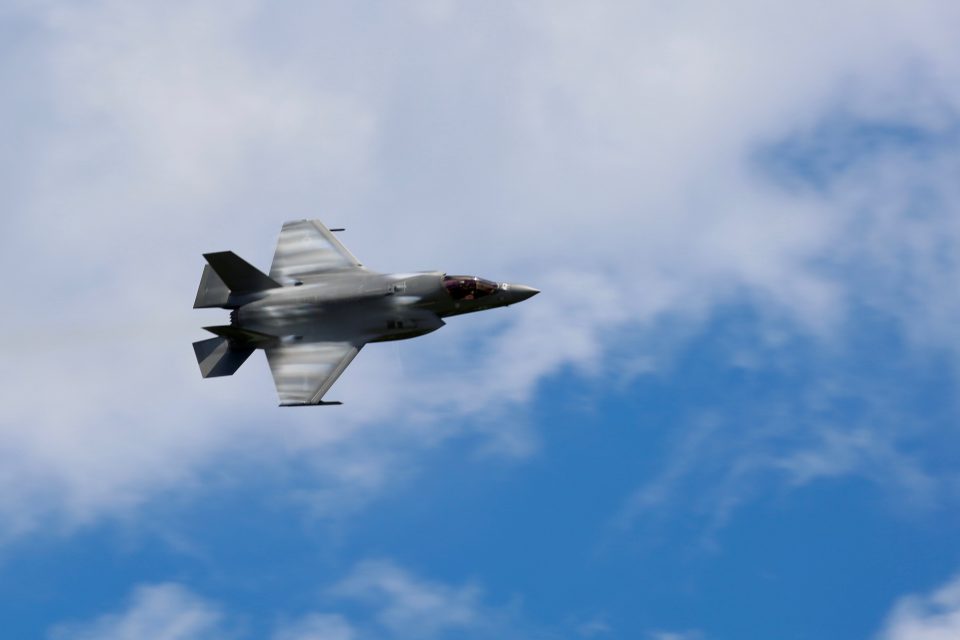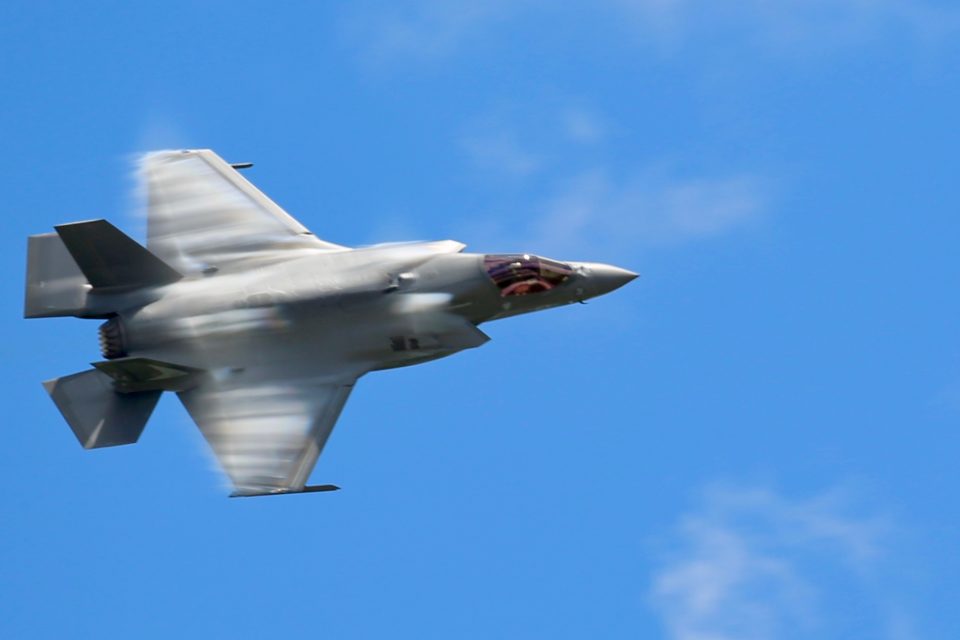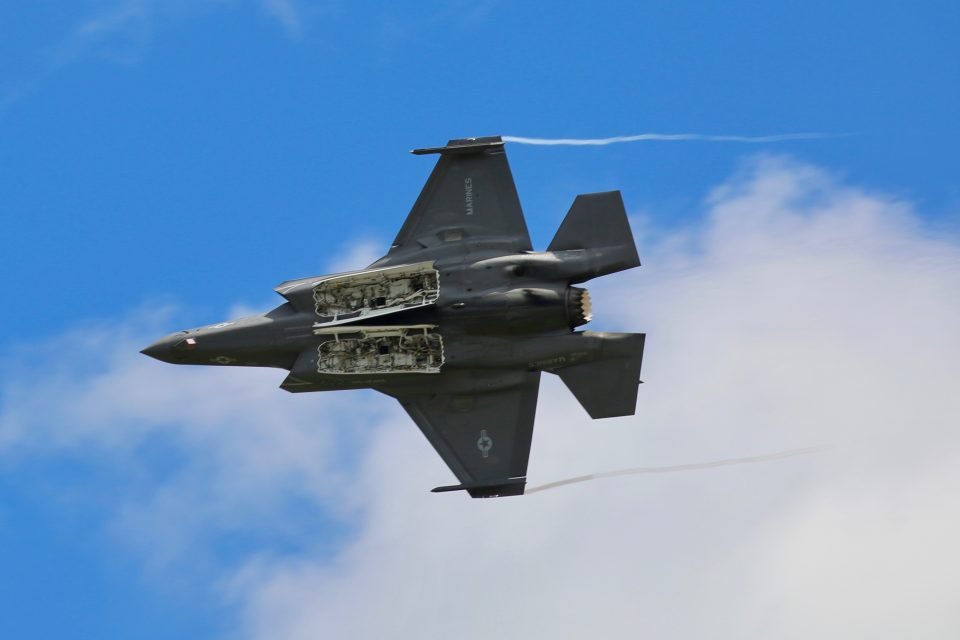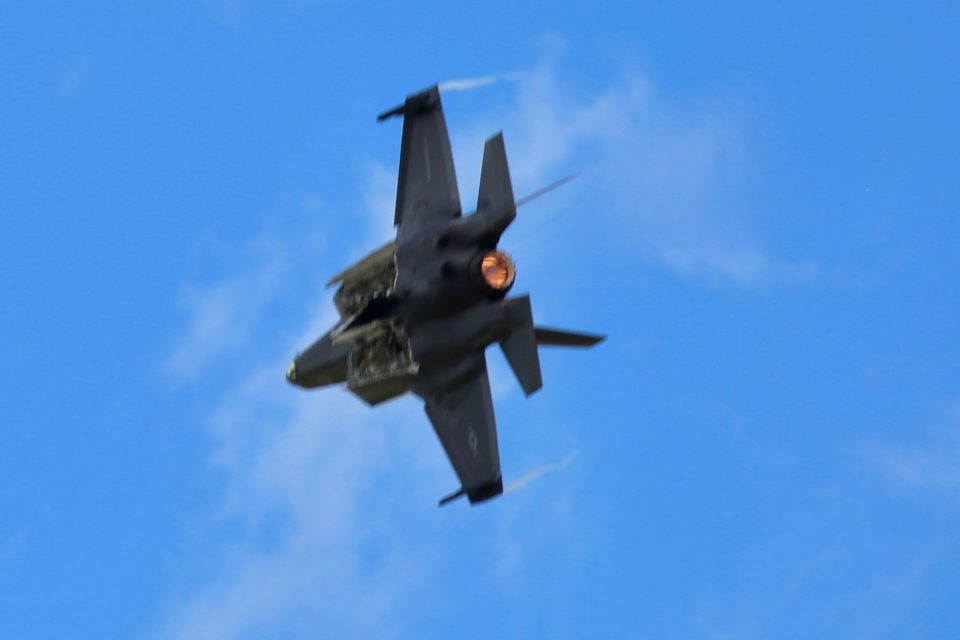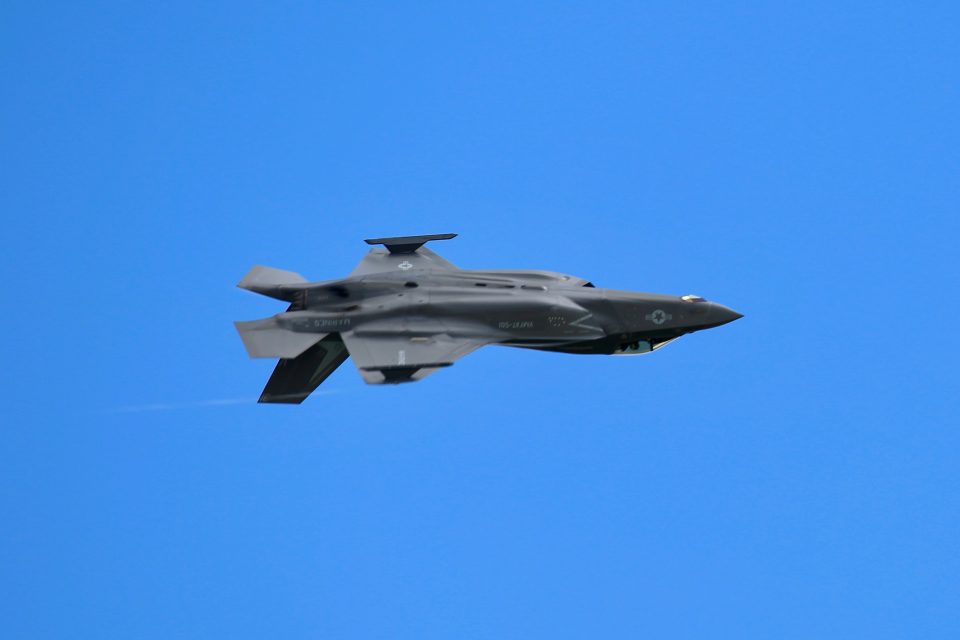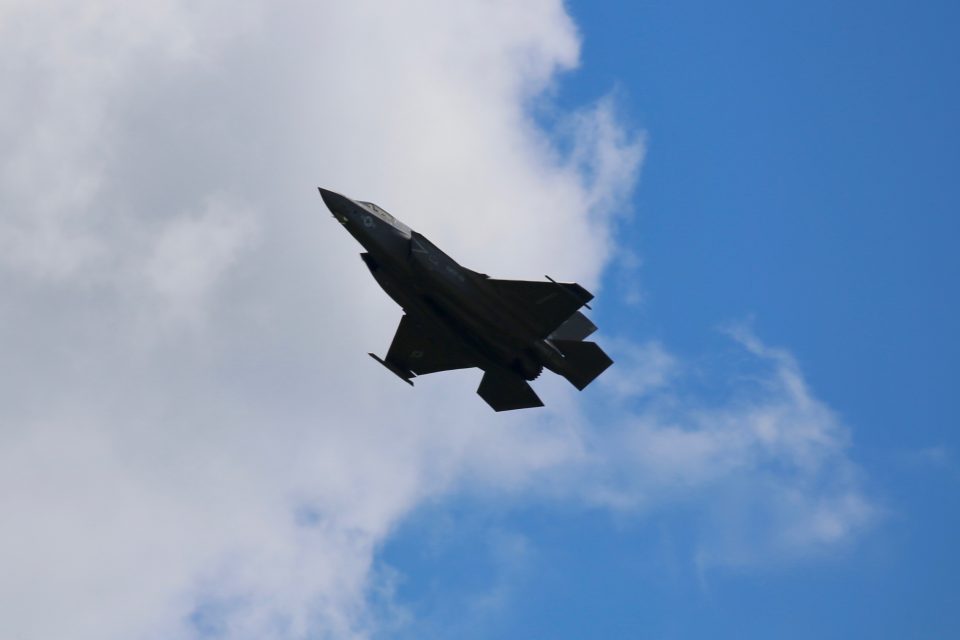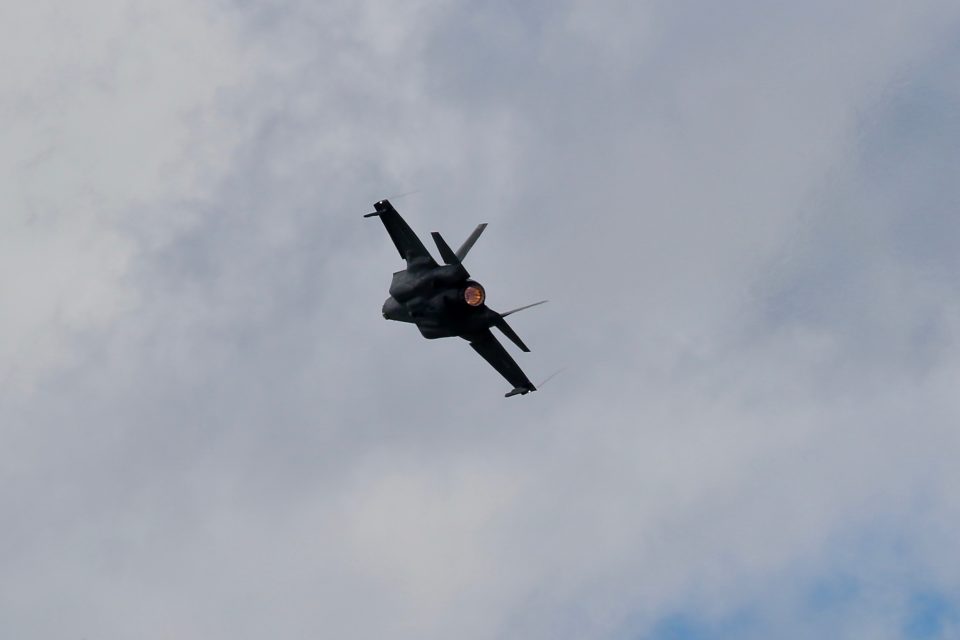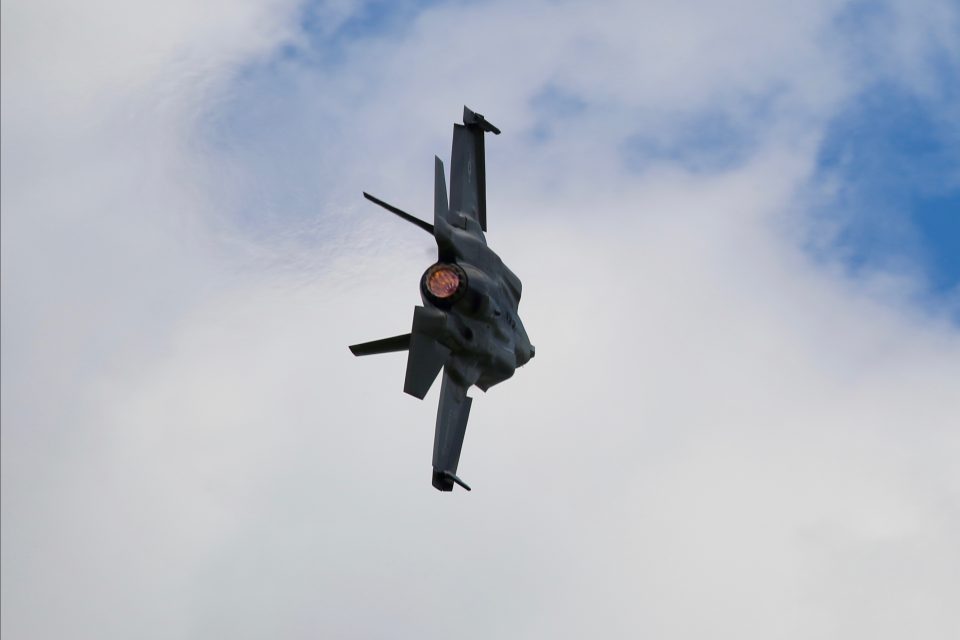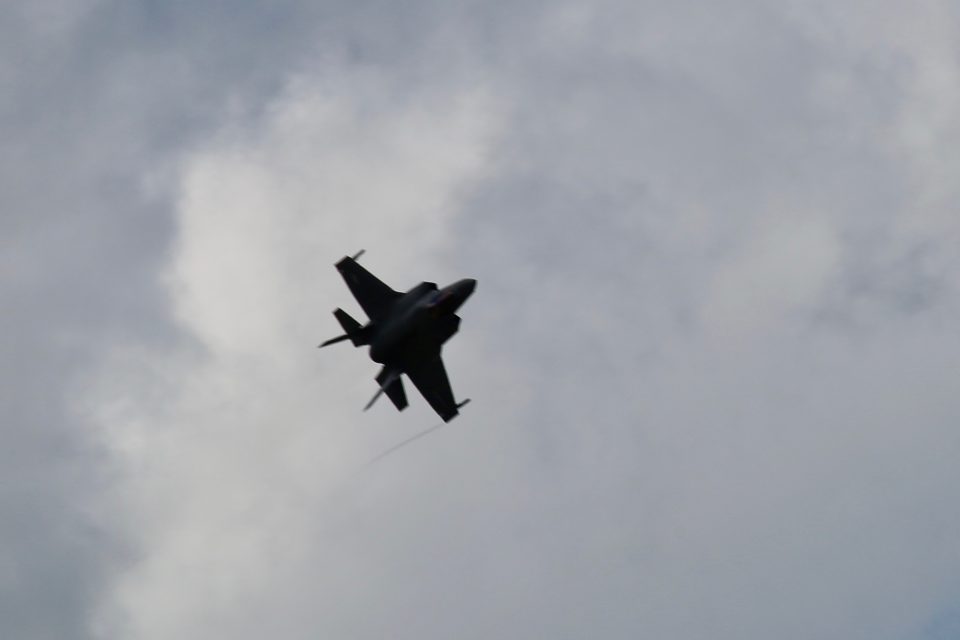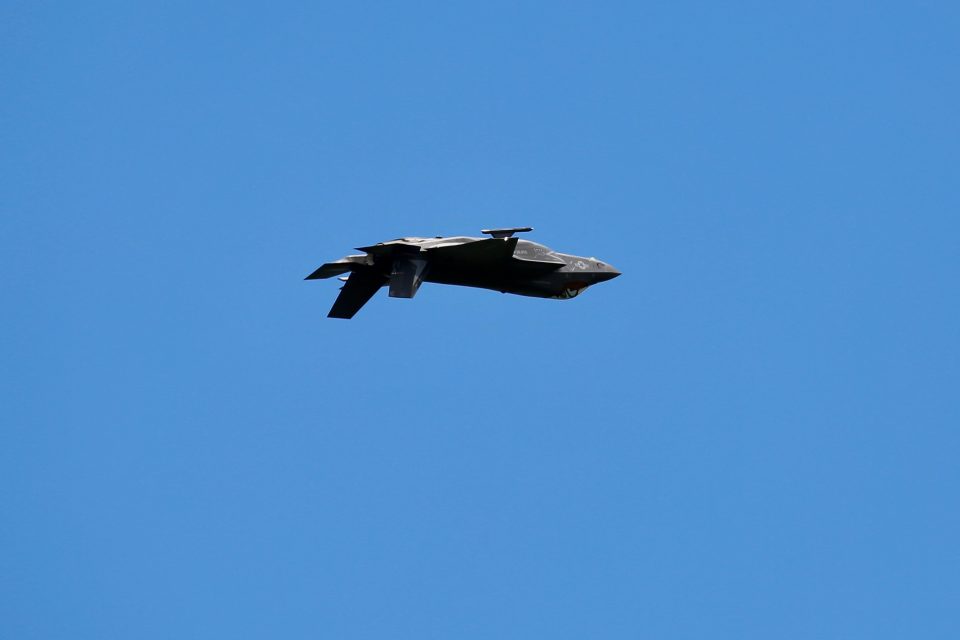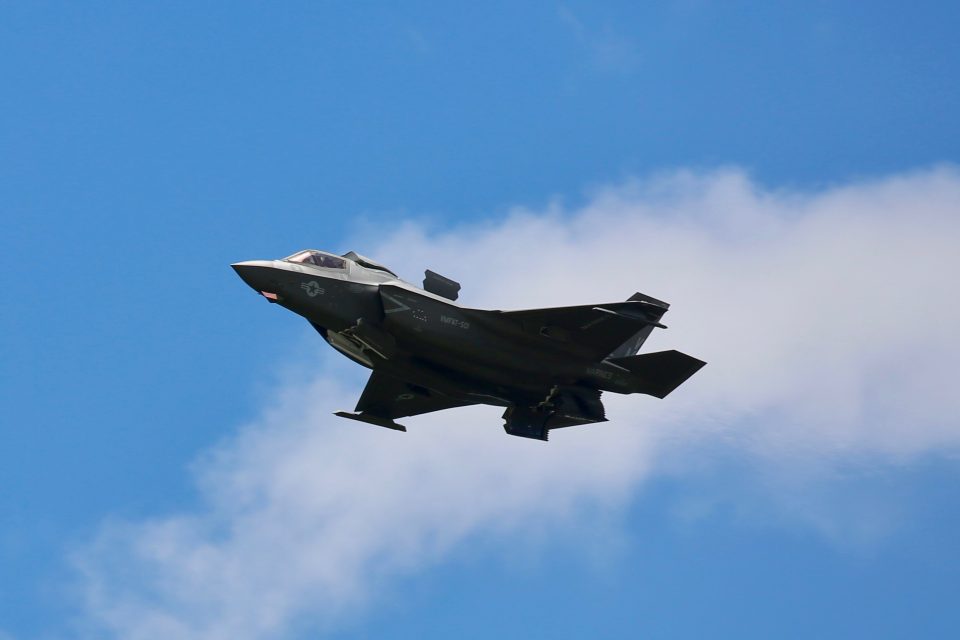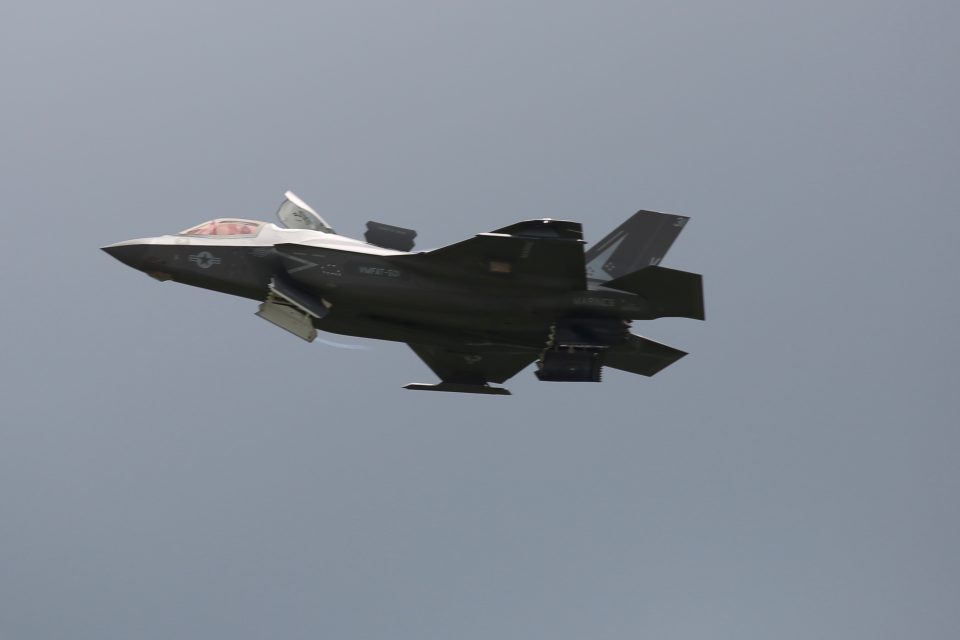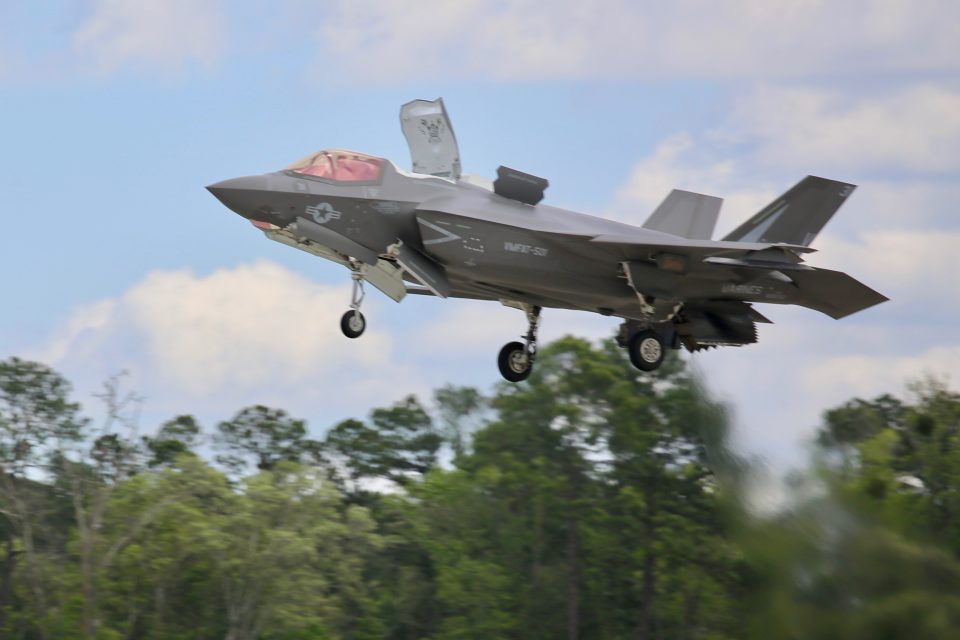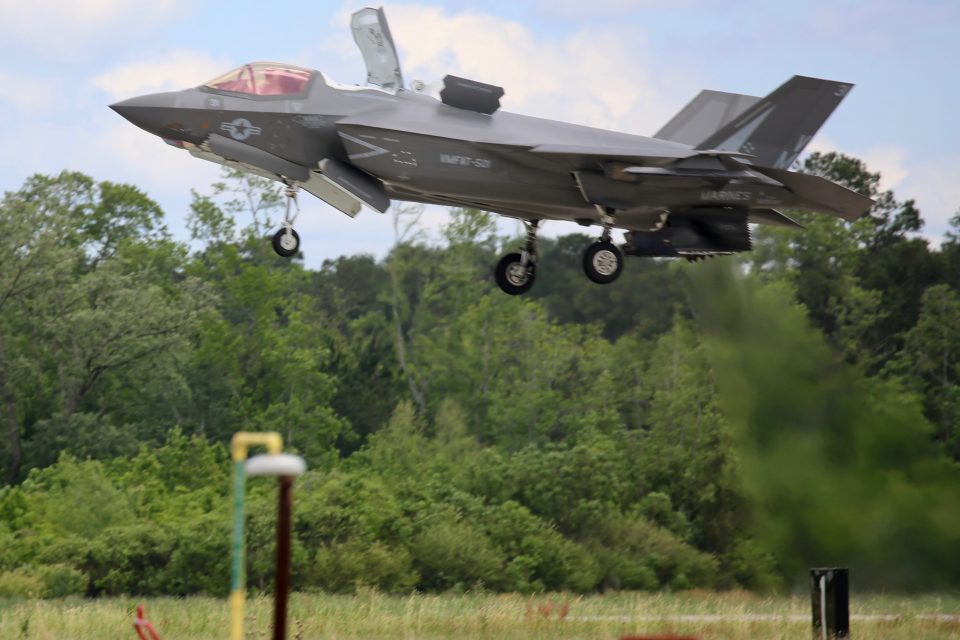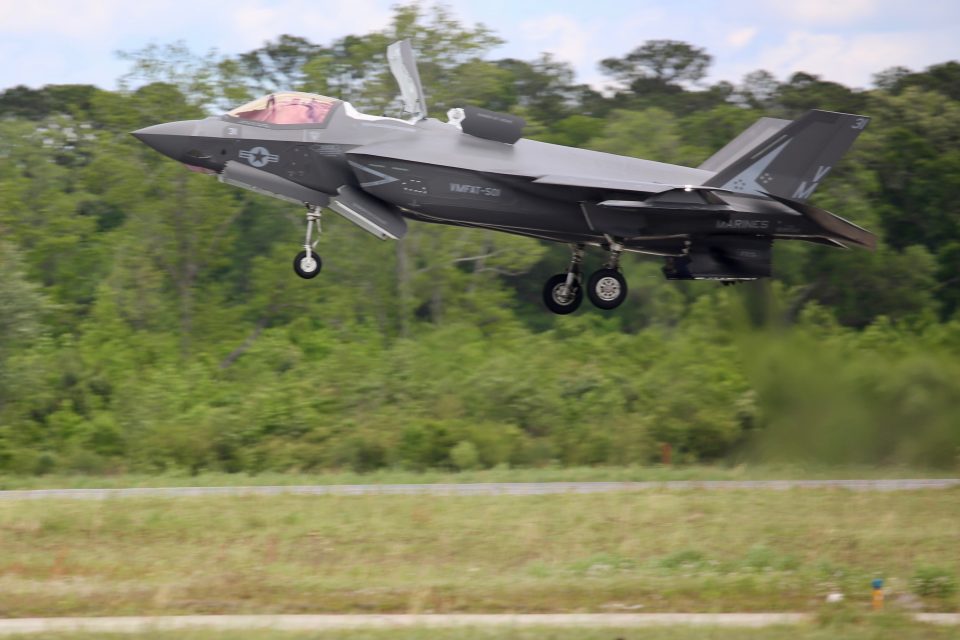By Kenneth Maxwell
Calouste Sarkis Gulbenkian (1869-1955) was known during his lifetime as “Mr. Five Per Cent.”
This was after his personal share of Middle East oil.
He has remained a very elusive historical individual, a spider at the heart of a veritable global web, an oilman and financier, who became the world’s richest man.
Few escaped the consequences of his tentacles yet not many outside the corridors of power knew about his role.
Which is just as he wanted it.
He was the archetype of the ”citizen from nowhere.”
A naturalized British citizen (or “British Subject” which was the term used at the time), who also held three other diplomatic passports. He took the short term perspectives and the limited financial means of the early wild-cat years of the oil industry, and by adapting a long term perspective, gave oilmen access to the capital market by building stable international collaborations.
Gulbenkian visited an oilfield himself only once in his lifetime: A four week visit to Baku on the Caspian Sea in 1888. The Swedish Nobel brothers owed a number of oil fields and were the largest producers in Baku. The Rothschilds (French branch) had interests there.
The Ottoman Armenians also participated in oil production and drilling. Gulbenkian’s visit in 1888 coincided with a key turning point in the world oil industry.
The beginning of the shift from an industry dominated by Standard and American (Pennsylvanian) production to an industry dominated by a handful of international companies with production scattered across the world.
Gulbenkian was an Ottoman Armenian from a wealthy merchant family. The Gulbenkians described themselves as “oriental” which they took to mean patriarchal. In their world the father was a distant figure. His word was law. Calouste was sent with his tutor to Marseille to stay with his father’s brother-in-law. He perfected his French and began to study English. In 1884 he went to study in London at King’s College School, and then entered King’s College’s Department of Applied Sciences. Thereafter, for over 50 years, and through two World Wars, Gulbenkian was to broker top-level oil deals convincing oil barons and governments alike of his impartiality as an “honest broker.”
Ironically, Gulbenkian remains virtually unknown today, unlike Rockefeller, or Getty, or Ford, or Carnegie.
Outside of Portugal that is, where he died in Lisbon in 1955, and where the Gulbenkian Foundation, which inherited his great wealth is located and bears his name.
The Gulbenkian Foundation financed and assisted Jonathan Conlin, a professor of modern British History at the University of Southampton, in the writing of this book, though he retained editorial freedom. Conlin has certainly been diligent.
This is to be expected from his previous books on the “History of the National Gallery” and “Tales of Two Cities: Paris and London and the Making of the Modern City,” as well as a biography of Adam Smith.
Gulbenkian was a great collector of works of art, facilitated by his deals with the Soviet Regime between 1928 and 1930, whereby he obtained Old Masters and other art treasures from the Hermitage in Leningrad (now Saint Petersburg).
In addition to Ural gold, Siberian zinc and lead, North Persian oil and Russian oil, his haul from the Hermitage including three Rembrandts and Houdon’s life-sized marble statue of Diana. It would join Houdon’s Apollo which Gulbenkian also owned. Collecting art was one of Gulbenkian’s few passions, other than his garden near Deauville (Les Enclos Estate), his birds, and his visits to the Lisbon Zoo (as he had previously enjoyed visiting the Zoos in London and Paris).
Gulbenkian’s art collection became the object of avaricious attention by the National Gallery of London and the National Gallery of Art in Washington D.C., both of which housed Gulbenkian’s art works at various stages.
In the end, the art works all ended up in Lisbon, as did the art objects from Gulbenkian’s great townhouse in Paris on the Avenue d’Iena: “Built like a battleship” was how he described it to Kenneth Clark, the director of the National Gallery in London, who had been discussing an endowment which would have seen a Gulbenkian Wing constructed to house his collection where the Sainsbury Wing now stands.
There had also been plans for a Gulbenkian annex to the National Gallery of Art in Washington, but the reception of Gulbenkian’s art works had been very muted and the cost of the proposed Annex was grossly inflated, even thought a joint resolution of Congress protected Gulbenkian’s estate from any tax claims should he die while the works of art were on loan in Washington. The plans for a Gulbenkain annex were dropped in 1952.
It is something of an accident that his works of art (Gulbenkian called them “his children” and later his “dear friends”) landed up in Lisbon and that the Gulbenkian Foundation inherited Gulbenkian’s wealth. Gulbenkian never spoke Portuguese.
He was in effect a tax exile in Portugal after 1942. During WW2 Portugal had remained neutral under the right-wing dictator, António de Oliveira Salazar. Lisbon became a bolt hole for many wealthy Europeans, as well as an escape route for Jewish refugees escaping the Nazis. Lisbon was also a very active spy nest during WW2 for German and British intelligence operatives.
When the Germans invaded France at the beginning of WW2 the Iranian Ambassador ordered Gulbenkian to join him in Vichy. His daughter Rita, and her husband, Kevork Essayan, who was one of Gulbenkian’s most trusted lieutenants, remained in Gulbenkian’s Paris mansion during of the German occupation.
With Iranian diplomatic cover they were able to protect Gulbenkian’s art collection from Hermann Goring’s clutches.
With the fall of France Gulbenkian became a “technical enemy” of the British, and under the terms of the 1939 Trading with the Enemy Act. Gulbenkian’s IPC interests were taken over the Custodian of Enemy Property.
Although Gulbenkian took his enemy status as a personal affront his representatives continued to attend IPC meetings in London.
In 1942 relations with Persia (Iran) and Vichy France broke down and Mohammad Reza Shah was established in power by the British and Soviets and the “Persian Corridor” was established, a major route by which American lend-lease aide reached the Soviet Union.
Gulbenkian tried to get visas to Switzerland and the US. But the British and the Americans were interested in his financial affairs and tax concerns. After moving to Lisbon, George Kennan, then a State Department officer in the US Lisbon embassy, was surprised to find out that Gulbenkian “is well acquainted with my investigation of him.”
In the event Gulbenkian found neutral Portugal an appropriate place to shelter.
Jonathan Conlin spent 5 years on this book.
He did not know much about the oil business when he began his research. He was surprised to find that the archivists at BP, which holds the archives of the Iraq Petroleum Group of Company (IPC), Gulbenkian’s vehicle (or his “house” as he called it), as well as Total and Royal Dutch-Shell, and Abu-Dhabi Petroleum, were all very accessible.
But ExxonMobil and Gulf refused even to acknowledge his registered letters of enquiry.
Gulbenkian was a much a financier as an oilman, and Conlin has also examined the records of banks in London, Paris, Frankfurt, and Istanbul (and he had research and translation help in Yerevan, Lisbon, London, Moscow, Tehran, and Boston.)
Following the trail of Gulbenkian, who was the original “globalist” (he held at various stages Ottoman and Persian/Iranian diplomatic credentials), was not an easy task.
Unravelling his machinations, intricate deals, and complex international negotiations, was evidently an exhausting and exhaustive experience.
Gulbenkian arrived back in London in 1897 and became a naturalized British citizen in 1902 after five years residency. Despite long periods living in France and Portugal he retained his British citizenship until his death in 1955. In London he began as a general merchant with an import business in Ottoman opium, rugs, cotton.
He soon moved into the financing and promotion of London based mining syndicates in South Africa, the “kaffir market” and Western Australia “the kangaroo market.”
This was a marginal and highly risky business on the edges of the stock market and was frowned on by established brokers and attracted some flamboyant adventurers, fraudsters, and dubious characters.
For Gulbenkian it was great learning experience.
It was also very profitable.
He invested his handsome gains in (among other enterprises), Richard D’Oyle Carte (the promotor of Gilbert and Sullivan operettas), and Cesar Ritz (who insured that Gulbenkian and his family always received special treatment at his hotels in Paris and London.) Gulbenkian has been advised by his Ottoman Armenian physician, Dr. Kembadjian, to have sex regularly with young women as a rejuvenating tonic.
Gulbenkian had married his childhood sweetheart, Nevarte Essayan. (Gulbenkian had fallen in love when he was 20 and she was 14 and they conducted their correspondence hidden from their parents in carefully coded letters.) Gulbenkian now had son, Nubar, and daughter, Rita.
Gulbenkian was a hypochondriac for much of his life.
Always preoccupied about his health, he eat fresh fruit and raw vegetables, and he carried a sock of lotions, gargles, creams, powers, salts and pills. He consulted multiple doctors. He was to sleep in hotels for much of the rest of his life, and he died in the Hotel Aviz in Lisbon in 1955.
Yet as early as the late 1890s Gulbenkian had developed the reputation of a man who wove intricate and labyrinthine webs of investors and global speculators.
He was above all utterly discrete, and followed the mantra of “check, check, check.”
He was always secretive, reclusive, and he disliked publicity.
It was in the Caucasus in the 1890s that Gulbenkian began his engagement with big oil. Samuel Samuel was a self-made general merchant in East London who dealt in sea-shells.
His son was involved in international shipping. The Gulbenkian’s had been exporting kerosene from Batumi on the Black Sea at the end of the Transcaucasian railway from Baku. They were involved with Romanian oil products through their Varna branch on the other side of the Black Sea. Frederick “Shady” Lane, London based from a family of immigrants from Malta, was the partner in the London shipping agency which helped the Paris Rothschilds transport kerosene from Batumi to ports in the Far East. In 1891 Lane brought together Rothschild’s production and refining capacity with the shipping capacity of Marcus Samuel and Co. In 1890 Marcus Samuel built a fleet of bespoke oil tankers to transport oil in bulk, and in 1897 with Lane, established the Shell Transport and Trading Company.
Gulbenkian had collaborated with “Shady” Lane in floating the Russian Industrial and Mining Company.
It was another learning experience for Gulbenkian. He contributed his capital and that of his friends, improving his skills in negotiation, and (as Conlin describes it) his “nose for promising deals.” Gulbenkian owed his entrance into the oil industry to Lane.
A sales cartel for Asia was Lane’s brainchild, the Asiatic Petroleum Company, established in London in 1903, and the sales cartel for Europe was formed in Bremen in 1906.
These cartels included Royal Dutch and Shell along with the Paris Rothschilds and the Armenians. They were designed to keep the partners from undercutting each other in the markets of Northern Europe, the Mediterranean, and Asia for kerosene.
If the price wars could be stopped these cartels could potentially become powerful enough to strike sales agreements with Standard which dominated all markets.
The Dutchman, Henri Deterding, general managing director of Royal Dutch since 1902, a company founded to exploit the oilfields in the Dutch East Indies (now Indonesia), was an emotional and mercurial personality, bent on building a firm that could rival the mighty American Standard Oil. In 1907 Royal Dutch and Shell merged on a 60/40 basis.
The tangled process of negotiating these cartels taught Gulbenkian that Deterding, not Lane, was the one to follow.
The “Mr Five Five Per Cent” epithet (though it was applied to Gulbenkian much later) emerged from the deal he stuck in London in March 1914. The origins occurred during the dying days of the Ottoman Empire and the revolution of 1908 which had brought the “Young Turks” to power in Istanbul.
Under the pre-revolutionary regime the chief rivals for the Mesopotamian oil concession were Deutsch Bank and D’Arcy Exploration (which became Anglo-Persian). But bribes and corruption stymied the effort, as well as the entry of the Americans.
Gulbenkian, Lane and Deterding had planned a 75 year oil and distribution monopoly with the Ottoman government. Gulbenkian’s agent, his uncle Meguerdich Essayan, played both sides, Gulbenkian was furious. A law suit against Gulbenkian at the King’s Bench in London resulted which Essayan lost. Gulbenkian thereafter always engaged the best lawyers money could buy.
This was also an important learning experience because he engaged in, or more often threatened legal actions, since he was after a deal, in numerous litigations over the course of his career.
After the revolution in Turkey, Gulbenkian proposed a new venture with Anglo Saxon (a Royal Dutch-Shell subsidiary) and Deutsche Bank, each with 25%, and with 50% held by Turkish Petroleum Company (TPC), the renamed Ottoman Petroleum Company, and which included Gulbenkian’s 15 % . The concession covered the whole of the Middle East, apart from the areas covered by Anglo-Persian and Kuwait. In the end Deterding agreed to hold 2.5 % of Gulbenkian’s share, and Anglo-Persian did the same, making up Gulbenkian’s 5%. None of the parties to this deal foresaw that this agreement was to be the foundation of TPC’s and Gulbenkian post-war fortunes, or become the dominating force in the Middle East for the next 50 years.
The famous “red line” agreement of 1928 emerged from these earlier discussion.
The 1928 agreement between BP, ExonMobil, Total, and Royal Dutch-Shell saw these companies join forces to control Middle Eastern oil. They would collaborate in a joint venture, the Turkish Petroleum Company (TPC) which was Gulbenkian’s “house” established in 1914. They would cooperate not only in the oil-rich provinces of Mosul and Baghdad, but in the entire “Ottoman Empire in Asia.”
By 1928 the Ottoman Empire was no more. Genocidal violence had killed a million of Gulbenkian’s fellow Armenians. A patchwork of French and British mandates and protectorates was developing new nation states as Iraq, Jordan, and Saudi Arabia. Jonathan Conlin debunks the story that Gulbenkian drew this red line.
It is a story which owes its origins to Gulbenkian’s son, Nubar, and reveals more about his complex feelings for his father which mixed pride with a great deal of resentment.
It was not Gulbenkian’s style to make such gestures.
He worked as a back room fixer, an intermediary between the worlds of business, diplomacy, and high finance.
He was the spider at the center of an emerging oil and banking industry and as such, according to Conlin, he “held empires and multinationals to ransom for more than 50 years”.
His deals introduced American oil companies to the Middle East. He played a key role in helping Royal Dutch-Shell and Total establish themselves as oil majors. He brought Royal Dutch-Shell to America as well as Mexico, Venezuela and Russia.
By the time of his death in 1955 the world oil industry was no longer an American monopoly but an international cartel, the so-called “Seven Sisters” each producing oil from several counties, and the oil industries structure of multinational production, integration, and partnerships, remains much in the web Gulbenkian had woven.
Gulbenkian also made sure that the Mosel’s oilfields, the world’s richest, ended up on the Iraqi side of the Turkish-lraqi border (and within a region that was in effect to be a British protectorate).
A well placed old Ottoman connection (and a timely bribe) insured that it did. As did Clemenceau’s desire to exchange access to Mosel’s oil potential for control of Rheinland coal.
Mosel’s oil fields was where Gulbenkian’s long term vision and patience paid off, as did his financing of the construction of pipelines to connect Mosel to the Mediterranean.
In 1927 the most productive oil field in the world was discovered by TPC near Kirkuk, and in October 1934 the first crude reached Haifa along the 662 mile pipeline from Kirkuk. Gulbenkian had waited 40 years to see the benefits of his investment.
Gulbenkian’s fell out with Deterding and Royal Dutch-Shell over Venezuelan oil concessions. Venezuela by 1926 was the third largest oil producer in the world. Gulbenkian had negotiated the Venezuelan Oil Concession (VOC) which controlled just under half of the country’s output. Gulbenkian had also brought Royal Dutch-Shell another valuable concession in Venezuela: Cólon Development Company. Cólon and VOC had Venezuela’s most promising oilfields around lake Maracaibo and In Zulia state. The deal was according to Gulbenkian “a model of greed and squeeze.” VOC was overcharged for shipping and underpaid for the oil.
He was a minority share holder in VOC. By 1928 Royal Dutch-Shell and Jersey Standard controlled 92% of Venezuelan production. Deterding was also like Gulbenkian acting on behalf of Royal Dutch-Shell and as a private investor. The “oil feud” which received much attention in the press at the time saw Gulbenkian defeated. He resigned from VOC and his once close and warm relationship with Deterding ended. As Gulbenkian observed: “Oilmen are like cats, one never knows when listening to them whether they are fighting or making love.”
The fight over the “red line” concessions remerged after the Second World War and came to a head in 1948.
Sir Cyril Radcliffe, Gulbenkian’s main legal adviser, recognized the value of litigation “as a menace.” Gulbenkian was a master of the art of last minute settlement before court proceedings began. He had been playing this poker game for forty years. He also had broader concerns. Apart from Russia, the only oil producing state to nationalize its oil industry had been Mexico in 1938.
In 1943 Venezuela had introduced a new Petroleum law with a 50% tax on petroleum profits. Gulbenkian recognized that the Iraqis were becoming better informed and had taken note of the Venezuelan action.
It was time he believed that Iraq receive a portion of the Company’s share holdings and also to be made aware of the vast sums that IPC had invested inside Iraq before a single drop of oil had been produced. But the independence of Israel and the “Red Scare” of Soviet intentions stymied his plans which found little support from other oilmen.
The US government had also used US export permits to influence development in the Middle East. Europe was devastated and could not provide steel.
In 1945 the Americans refused IPC a permit for the steel needed for a new pipeline. Royal Dutch-Shell had entered into a long term agreement with Gulf Oil. The US believed that the “red line” agreements were dead. In February 1943 Roosevelt had taken over the subsidies paid to Ibn Saud previously paid by the British, and recognised that Saudi Arabia was “a vital US interest”.
These subsidies were critical to Ibn Saud as the income from the pilgrims to Mecca had been lost during the war and he needed to keep the tribes of the peninsula in line.
The Americans were back in the Middle East and Harold Ickes, the head of the US Petroleum Administration, was keen to take on and suplante the British.
Gulbenkian wrote his “memoirs” at this time (which were widely read in the State Department in Washington, the Foreign Office in London and the Quai d’Orsay in Paris, and by other influential parties, as was intended).
He outlined the three lessons he had learned.
The first was “to keep myself entirely free from ties to this or that company.”
The second was that there were no limits to “what oil groups can do though the ropes they control to influence governments.”
The third was that “oil companies expressing any desire to serve the greater good about which he said his personal opinion, as a Scotsman would say, is ‘I haw me doots about it.’”
The negotiations for a new working agreement took place under a hail of writs and counter writs. Everyone involved in IPC was now being sued by at least two of their partners.
Many of those involved in the negotiations in the 1920s were now dead, including Deterding. In the end Gulbenkian’s intransigence paid off. He received a “special allocation” in 1947. His Holding Company, Pandi, regained its 5% in IPC and all IPC’s subsidiaries, which covered most of the former “red line” area:. Basra Petroleum. Mosel Petroleum. Petroleum Developments (Syria), Petroleum Developments (Lebanon), and similarly named companies in Cyprus, Palestine, Transjordan, Hadramaut (today’s Yemen and Oman), and the Trucial Coast (Abu Dhabi, Dubai, Sharjah, and other emerites. The deal was signed in London hours before court proceedings were due to begin.
Gulbenkian told his friend, the former American Ambassador in Lisbon, Herman Baruch, a former partner in the New York brokerage firm of Baruch brothers, which Gulbenkian had known since the time of the Treaty of Versailles: “My oil associates are now very happy, and l think they are all praising me. I told them that the American groups can go around in the Saudi Arabia Desert without being haunted by Gulbenkian, and that the Shell Group will be going around the Pampas of Venezuela, without the spectre of your friend, checkmating them”
Gulbenkian was drawing his own line ending the interminable dispute with Royal Dutch-Shell over the Venezuelan oil concessions.
The world, however, was changing, and especially the role of the governments of the oil producing countries.
In 1951 Mohammed Mosddegh nationalized the Anglo-Iranian facilities which included the refinary on the Persian gulf at Abadan. Calouste and Nubar were both stripped of their Iranian diplomatic appointments. The action of Mosaddegh had been triggered by Aramco’s announcement in January 1950 tha it had agreed to a share profits 50;50 with the Saudi Arabian Government. Gulbenkian and his IPC partners now had to find a way to appease the Iraqis demand for thier own 50:50 arrangment.
Iraq ended up with a better terms than Iran, Kuwait, and even Saudi Arabia.
Gulbenkian died at the Hotel Aviz on July 20, 1955.
The destination of his fortune and the establishment of his Foundation is a tale Conlin only partly tells here.
But it is at heart a tale of intrigue, usurpation, betrayal, family intrigues and long pent up hatreds, of British bungling, of Portuguese perspicacity, and back room deals, where one of the key players was Gulbenkian’s Portuguese lawyer, José de Azeredo Perdigão, who with Salazar’s assistance in effect seized control, and who became the long term president of the now clearly Portuguese Gulbenkian Foundation.
Gulbenkian had wanted his long time London lawyer, Sir Cyril Radcliffe (soon to become the Ist Viscount Radcliffe) to become the president of his Foundation. Radcliffe is best known as the Chairman of the two boundary commissions set up with the passing of the India Independence Act. He submitted his partition plans in August 1947 which split Punjab and Bengal almost in half and led to 14 million people fleeing across the new boundry.
Radcliffe sought guidance from David Rockefeller and the head of the Rockefeller Foundation, Dean Rusk.
But Perdigão thought this was a waste of time and drafted the Foundation’s statutes on his own. Salazar behind the scenes was in contact with Perdigão and wanted Gulbenkian’s “gift” to remain in Portugal. But it was Kevork Essayan’s defection to the Portuguese side which sealed the deal. Kevork had married Rita, Gulbenkian’s daughter, and was a relative of Gulbenkian’s wife, and was the father of Gulbenkian’s only grandson. Nubar was infertile having has mumps as a child. Kevork had been for 35 years Gulbenkian’s loyal and faceless understudy, enduring his wife’s infidelities, and Nubar’s bullying. He told Perdigão “you dear friend, and I, we are the only persons fully competent and fully authorised to carry out the provisions of the late Mr.C S. Gulbenkian.” In face of Perdigão’s intransigence Radcliffe walked away in a huff.
The Portuguese had won.
Together with Gulbenkian’s art collections the Gulbenkian Foundation inherited the majority of his investment portfolio and Pandi, the holding company through which Gulbenkian held his famous 5 per cent. Pandi’s Iraque based revenues increased dramatically during the 1950s. But in 1958 a military coup brought an the end of the Iraqi monarchy, and in 1960 the Iraqi government invited the leaders of the other oil producing countries to a conference in Baghdad where they formed OPEC. In January 2014 the last of Gulbenkian’s concessions expired in Abu Dhabi.
I should add that I have known and admired Jonathan Conlin for some time.
And that l have a personal interest in Gulbenkian’s story.
In fact, l owe my lifelong interest in Portugal and in the Portuguese speaking world to the Foundation’s early financial support.
I did meet Perdigão. Once when we were discussing a potential grant he said he was “going to put on his lawyer face.”
He did.
I will never forgot it. Gulbenkian had evidently failed to remember his own mantra of “check, check, check.”
The Portuguese should never be underestimated.
I was living in Portugal in 1964 and was surviving on the five pounds and five shillings that the “Western Morning News” paid me for articles.
One day to my surprise I received a letter at the pensão where I was staying inviting me to visit the Foundation from Dr Ayala Monteiro, the director of the Foundation’s international division.
I have no idea how he had heard about me, or even what the Foundation was.
I was very impressed at the modesty of the Foundation’s offices when I visited (l learnt from Conlin’s book that these were only temporary facilities on the edge of the great park where the Foundation was eventually to build its rather more grandiose modernist headquarters).
But it was a very fortuitous visit. Dr Ayala Monteiro was horrified at the budget I was living on.
“Let me write your budget” he said. He did. l received a very nice check each month thereafter.
So I am very grateful to the Gulbenkian Foundation, as well as to its somewhat idiosyncratic and personal grant making style, as I was in many ways invented by it.
The painting of Calouste Gulbenkian is by Charles Joseph Walker, 1912 CREDIT: BP ARCHIVE


